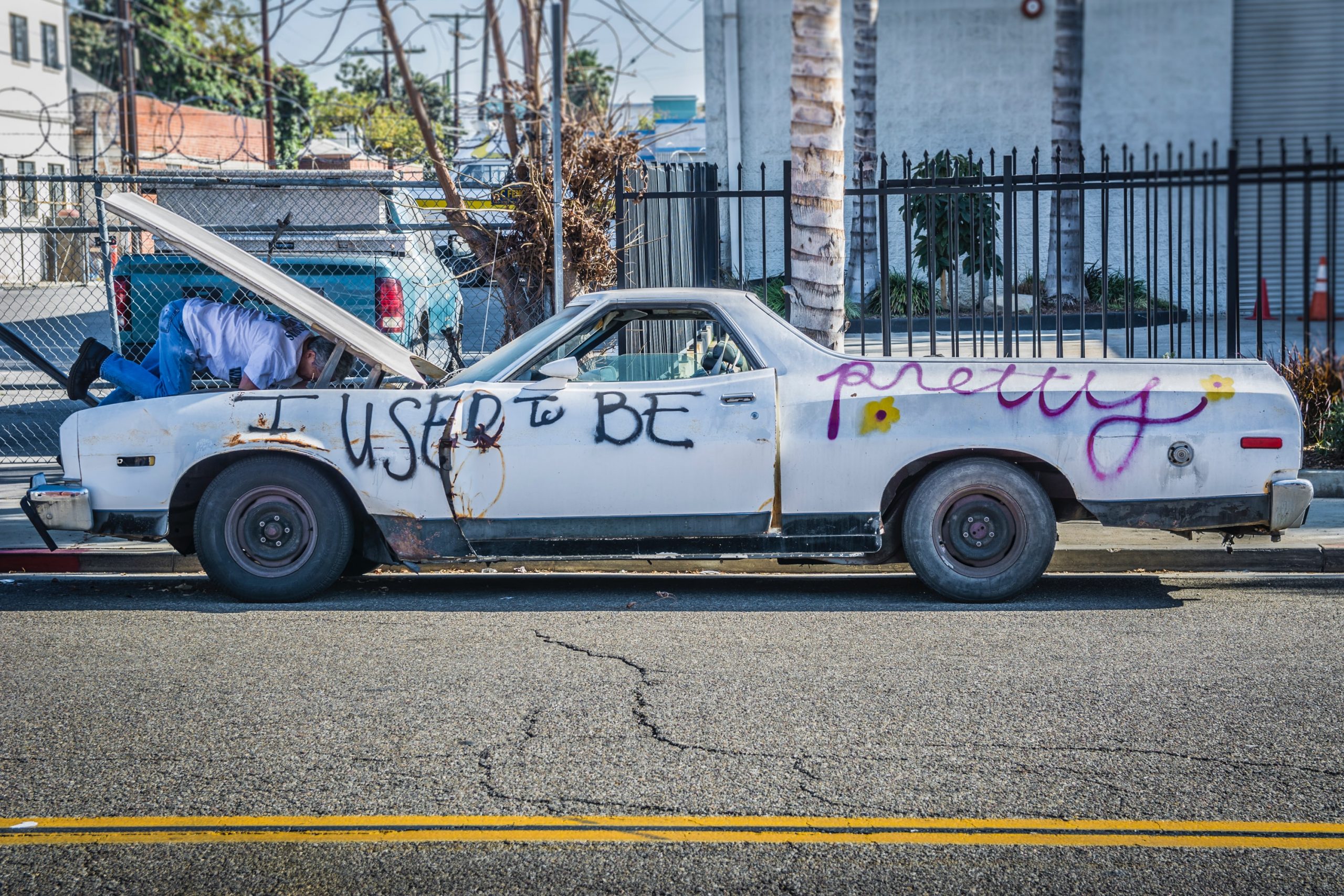A used car is much more difficult to buy than a new car, so I suggest you do a vicroads rego check before buying
When buying a hand car in Australia, the only thing to worry about is the accident car. There are many hazards of accident vehicles. A serious accident will lead to deformation of the frame, affecting the rigidity of the body, and cannot provide the same energy absorption effect for the next collision. Moreover, the repair of the accident car is also affected by the skill of the technician. If the skill is not good, the repaired car will have a small problem every three days.
In addition, the condition of the used car also needs to be carefully checked. The condition of the car is the same as the health of a person. Some minor problems may not affect daily life, but after a long period of time, they will become major problems, and the repair cost will be very high. So how to detect used car problems in Australia? After consulting with professional technicians, I have summarized the following common detection methods.
1.Detect static
Generally, the detection of a used car starts from a static state. After talking with the car owner and understanding the basic information of the vehicle (year, kilometers, configuration, accident history, etc.), you can start your own inspection, and at the same time check whether the information provided by the car owner is true and whether you have taken insurance (insurance records can be check).
In terms of appearance, we will give priority to observing the body skin (sheet metal parts), that is, the paint situation of the front and rear bumpers (mostly plastic-based), fenders, hood, and doors. Because paint aging can be solved by polishing and other car beauty (detailing), it is not impossible to have an older used car and a very new car paint. For those second-hand cars that do not have a perfect paint finish, if there is no coating protection, the sun pattern on the paint surface will appear when exposed to the sun for a long time, which is a normal phenomenon.
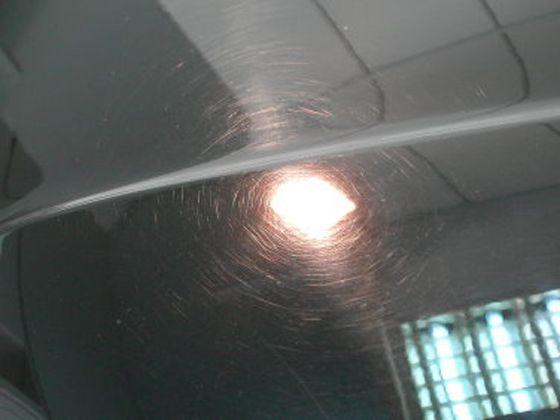
After checking the paint, the next step is to check the frame. A car that has had a major accident has a secondary repair, which will disassemble or even cut off severely damaged parts, even the frame. But the frame cannot be replaced by fitting like other parts, it can only be cut and re-welded. The solder joints are difficult to hide. If you find obvious welding spots near the engine compartment frame, it is recommended to abandon the car.
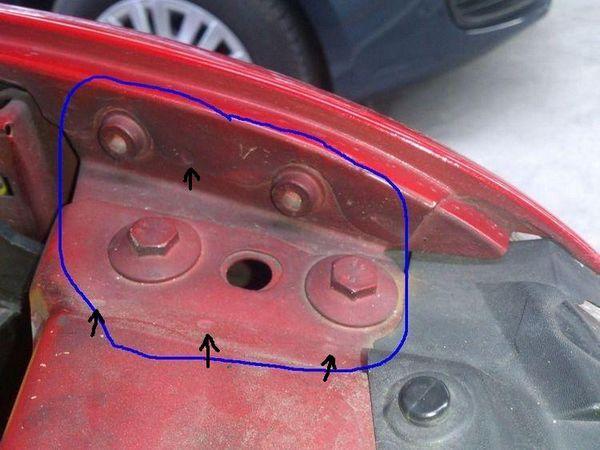
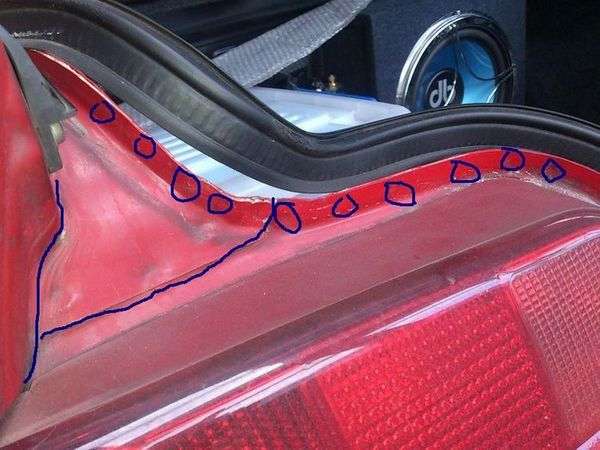
Note 1: Some cars are faulty, and car owners are eager to sell the car, so they will also do a car beauty before selling the car to divert the buyer’s attention.
Note 2: If there is a color difference between the paint of a large body panel (bumper, hood, etc.) and the color of another panel, it is very likely that a relatively serious accident has occurred, and the spare parts have been removed and replaced, and the new spray paint.
After completing the preliminary inspection of the paint and frame, the next inspection part is much easier. Turn on the power switch of the car (do not need to start it for now), turn on the headlights and check, then check the headlights, step on the brakes to check the taillights, then check the left and right turn signals, and finally check whether the fog lights (if any) are working properly.
By the way, check whether the front and rear windshields have major cracks. In Victoria, there is a mandatory RWC requirement when transferring the property. When the glass is unqualified, the RWC certificate cannot be presented. In New South Wales, although there is no requirement for transfer of ownership, cars over 5 years old have Pinslip requirements when the annual fee is renewed. If the glass is cracked, it will also increase the cost of post-maintenance maintenance.
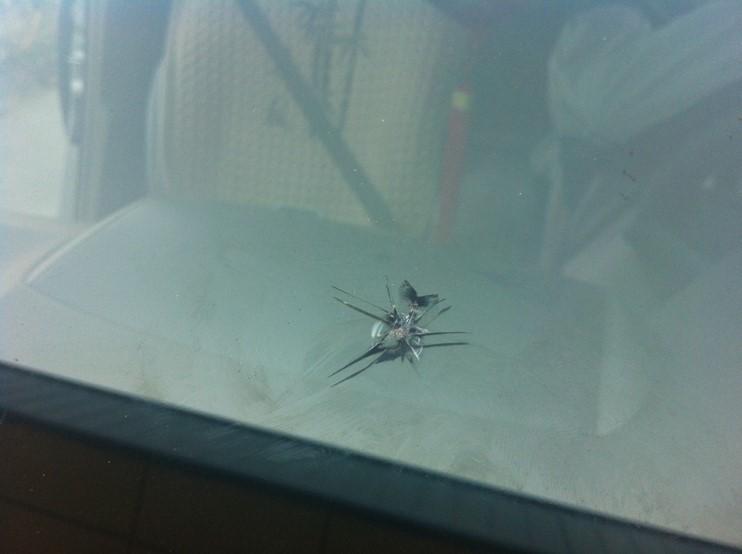
2.Engine compartment inspection
We often refer to the three most important parts of a car as the three major parts, namely the engine, transmission, and chassis. Two of these three items are concentrated in the engine compartment, so inspecting the engine compartment becomes an important part of a used car.
For non-automotive professionals and enthusiasts, the “oils” that can be visually detected include engine oil (engine lubricating oil), brake oil, power steering oil, and coolant. The last three items have special storage containers in the engine compartment. There are corresponding scales in the containers, which are the highest position and the lowest position. Those between the two are normal, and those below the lowest position have oil leakage. Condition.

The oil inspection method is through the inspection dipstick that can be pulled out from the engine, and the oil level between the scales is normal. If it is lower than the lowest level, there are two possibilities for the engine, namely burning oil and oil leakage. At this time, if you carry a flashlight with you, you can climb down to check whether there is oil leakage or oil seepage under the engine. If not, the engine is burning oil.
Note 1: The most direct way to test the transmission oil is to ask to watch the records of the maintenance manual. Generally, the transmission oil will be changed for every major maintenance of the car. If it is maintained in a regular repair shop and has a stamp, you can rest assured.
Next are consumables. Parts such as tires and brakes are all consumables in a car, including oil. These consumables will detect the remaining amount each time they are maintained, and then the technical advice on whether to replace the consumables. For example, brakes, because the brake discs are exposed all the year round, the temperature difference in Australia is large, and the humidity is heavy after sunset, and it is easy to engine brake discs. The wear of the brake pads can be calculated by measuring the thickness. The thickness is about 3mm, which is already the limit state, and it is recommended to replace it.
Tires are tested by tread depth and average wear. Most of the tires on the market have markings, and the markings become obvious after heavy wear.
Another point to pay attention to is whether the left and right wear of a single tire is balanced, because as the age of the car increases, the four-wheel alignment of some cars will deviate, causing the tire to form an inclination angle when driving. The tire wear will be greater under driving conditions.
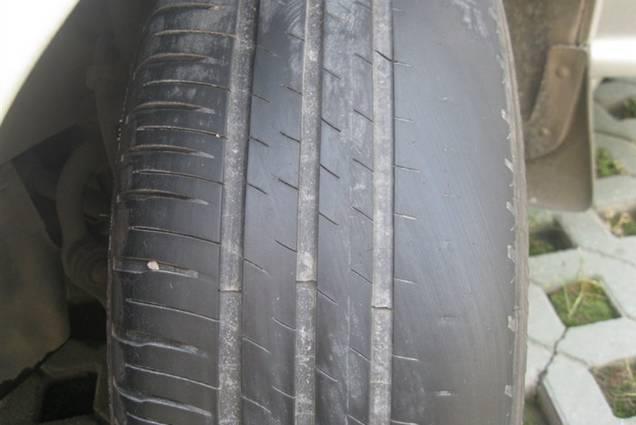
solution:
- If the tire wears too much, you can ask the seller to make a profit by bargaining. Usually, the replacement price of four tires is more than 300-500;
- If there is uneven wear on the left and right tires, you can ask the seller to do four-wheel alignment and replace the tires. I have encountered a similar situation in Victoria before. The most serious one will require the suspension to be repaired during RWC, so it is necessary to be cautious when encountering uneven wear on the left and right tires.
The battery is another consumable item in the car. All electronic components in the car are maintained by the battery, and the life of the battery is usually between 3-5 years, which varies from brand to brand. If possible, buy a tester to test the battery.
Interior function test.
Interior: Whether all electronic devices are working properly, whether the electronic windows are working properly, whether the air conditioner is outputting air-conditioning and heating normally (don’t believe the nonsense that there is no CFC, the price of repairing a compressor is about 900-1500), CD and radio Whether it works normally, whether the reading light works normally, whether the seat adjustment, whether the audio output is normal, there is broken sound, whether the rear seat is normal anti-theft, Child lock, fixed speed cycle (some do not work below 40 per hour, you can find a road test a try).
Dynamic detection
For newcomers with no driving experience, motion detection is often the most complicated part. Because only after driving at least one car in normal condition will it be able to identify the abnormal condition of the car.
First start the car and observe whether the body shakes seriously when it is in neutral or parking gear (P gear). This part is not easy to distinguish because of changes in car age and technology. Old cars are often not as good as new cars in terms of body quietness and jitter handling. Then the most intuitive way to distinguish is to test multiple cars of the same model at the same time. For example, if you decide to buy a 2010 Corolla, there must be more than one second-hand car source. After testing more than three cars at the same time, it should not be difficult to find an abnormal car. The rest is the elimination method. .
When driving, you need to pay attention to whether the accelerator and brakes are smooth and linear. For beginners, this is also a difficult part to quantify, not to mention the changes in torque between naturally aspirated engines and turbo engines, each model of car will have slight differences in the calibration process.
The detection of the brake pedal is relatively easy. Feel the linearity by stepping on the slow brake lightly and stepping hard on the hard brake, and whether there is serious body jitter when stepping lightly. If the jitter involves uneven wear of the brake disc, it is another place to pay attention. After testing the brakes, you can park the car on a half-slope, pull up the handbrake, and check if there is a slippage (if it doesn’t prove that the handbrake is OK).
After entering the cruise state, you can release the steering wheel in a straight line and observe whether there is any deflection. If there is severe deflection, four wheel alignment is required.
The last dynamic test relies on the ears. A normal and smooth engine does not have too much noise. You can also search for the engine of the same car on YouTube for reference. The second is whether there is any abnormal noise in the car when driving, because the metal parts and plastic parts of the vehicle will age to varying degrees as the vehicle grows over time. It is only necessary to confirm the source of the abnormal noise and eliminate the abnormal noise of expensive components.
Check the owner information
All cars sold in Australia come with an instruction manual and a log book. Vehicle maintenance in Australia is also divided into compulsory maintenance Log book service and non-compulsory maintenance. Log book service requires a technician license to allow stamping, which is a strong evidence to judge the condition of the car. A car owner who maintains the car well will not miss the Log book service.
There is also whether it is consistent with the description of the owner and the conclusion of your own test. The most critical point of private second-hand sales is the lack of third-party impartiality. If you are a little careless, you will buy a problem car whose condition is concealed. Therefore, the description of the car owner at the beginning becomes particularly important. Once there is a huge discrepancy between the results of the test and the description of the car owner, in view of the character of the other party, it is recommended to find another seller.
Finally, a to do list for self-detection is attached
- Talk to the car owner for basic information (whether accident, passing insurance)
- Check the appearance of the car body, and judge the severity of the accident by the wear of the car body and the color difference of the paint surface
- Check the engine compartment frame for secondary repaired welding points and rust marks
- Check whether the lights, headlights, rear tail lights, left and right turn signals, brake lights and fog lights are working properly
- Check the windshield for serious cracks
- Check whether the oil, brake oil, power steering oil and coolant are at the highest level
- Check tire wear, left and right wear, check brake pad wear
- Check the battery (no detector can skip this step)
- Check the power windows
- Check power mirrors
- Check radio, CD player
- Check air conditioning, heating
- Check seat adjustment (including reclining rear seats)
- Check the fixed speed cycle
- Check for engine shake
- Check whether the accelerator and brake are linear
- Check for deflection in cruising state (release steering wheel)
- Check for abnormal noise in the car
- Check the maintenance manual, and check the owner’s information and the actual vehicle condition detected by yourself

